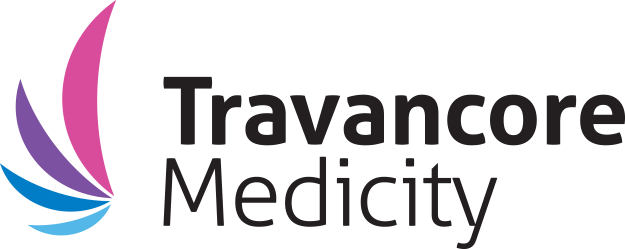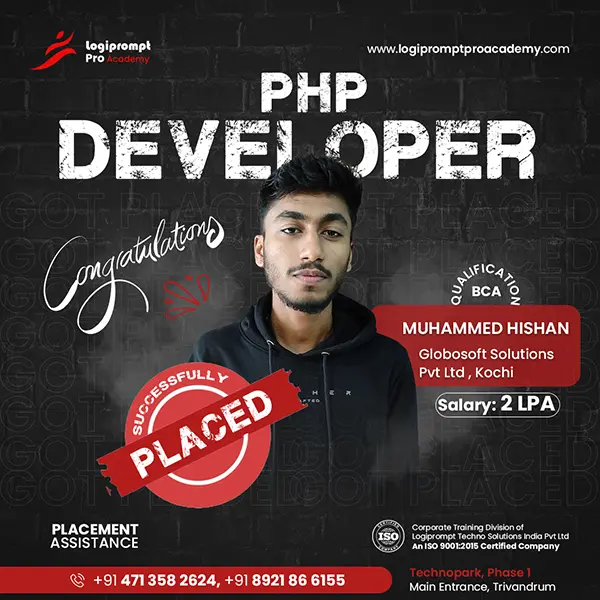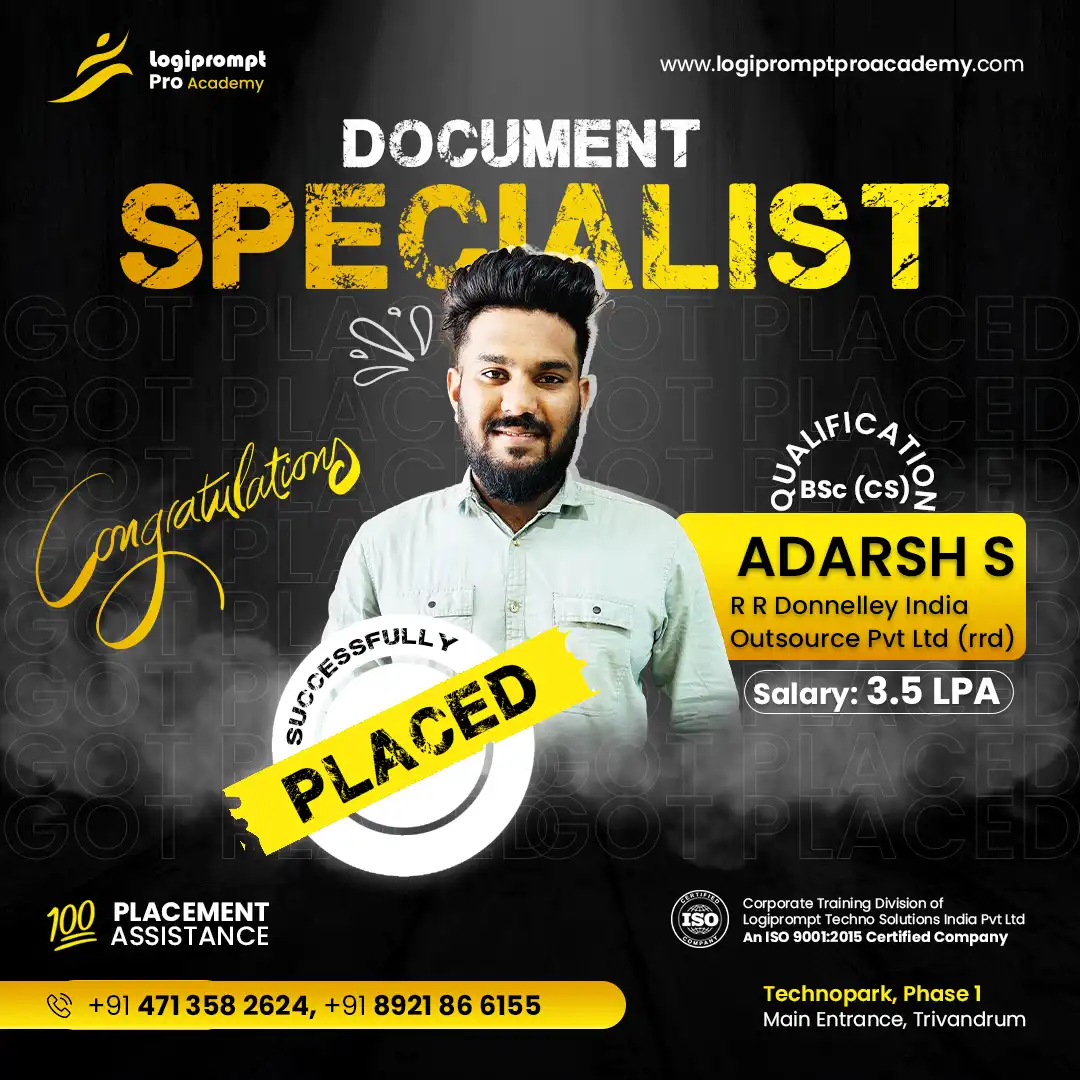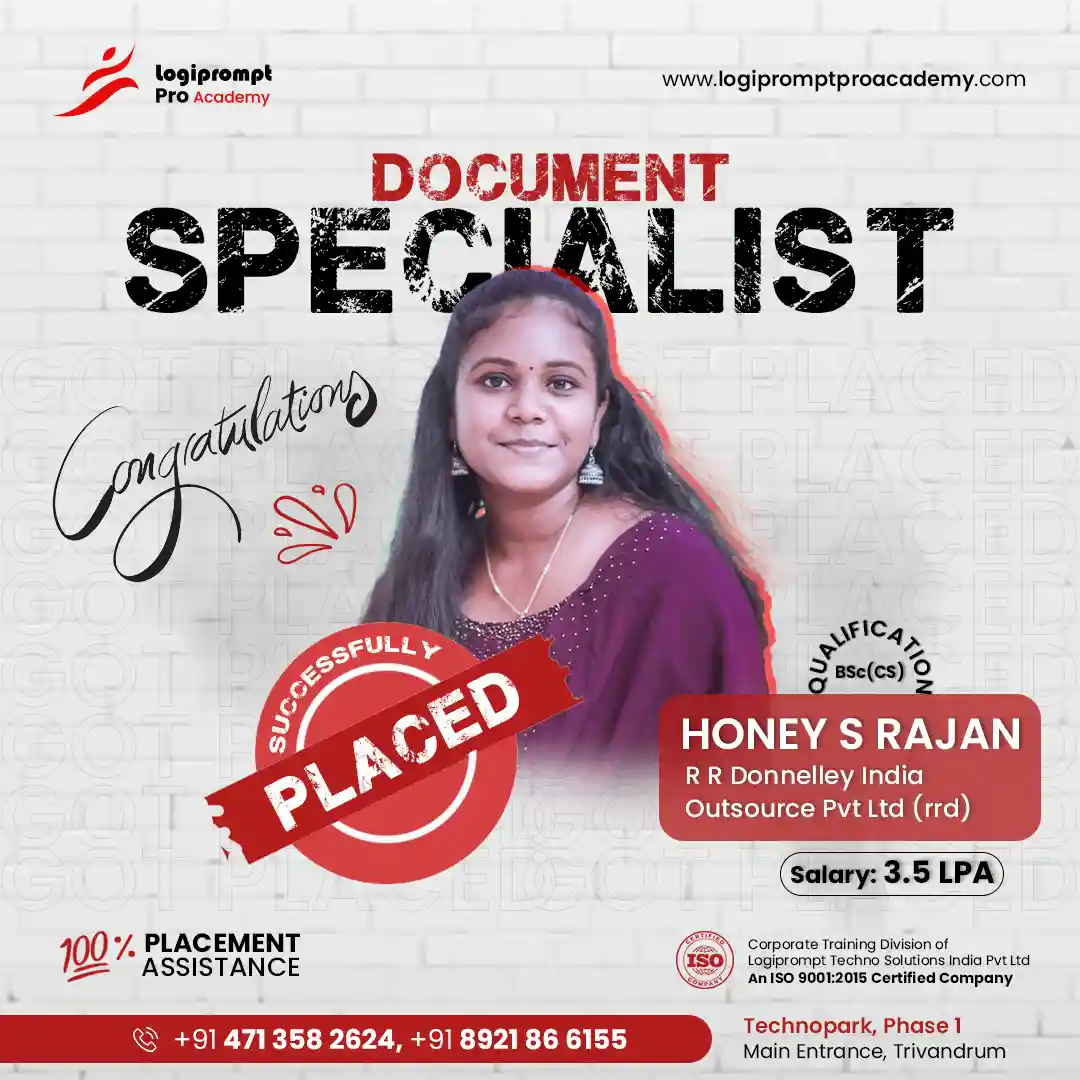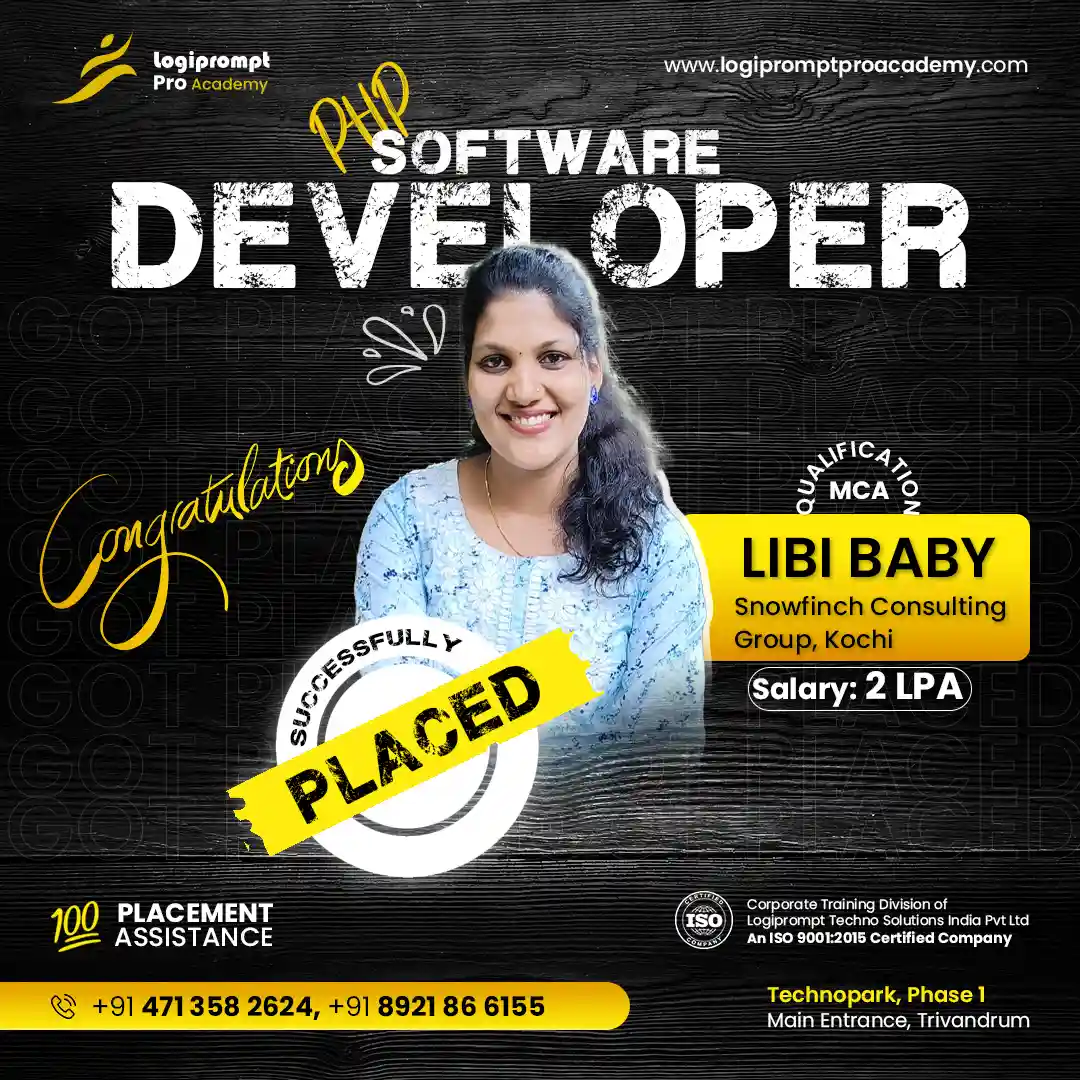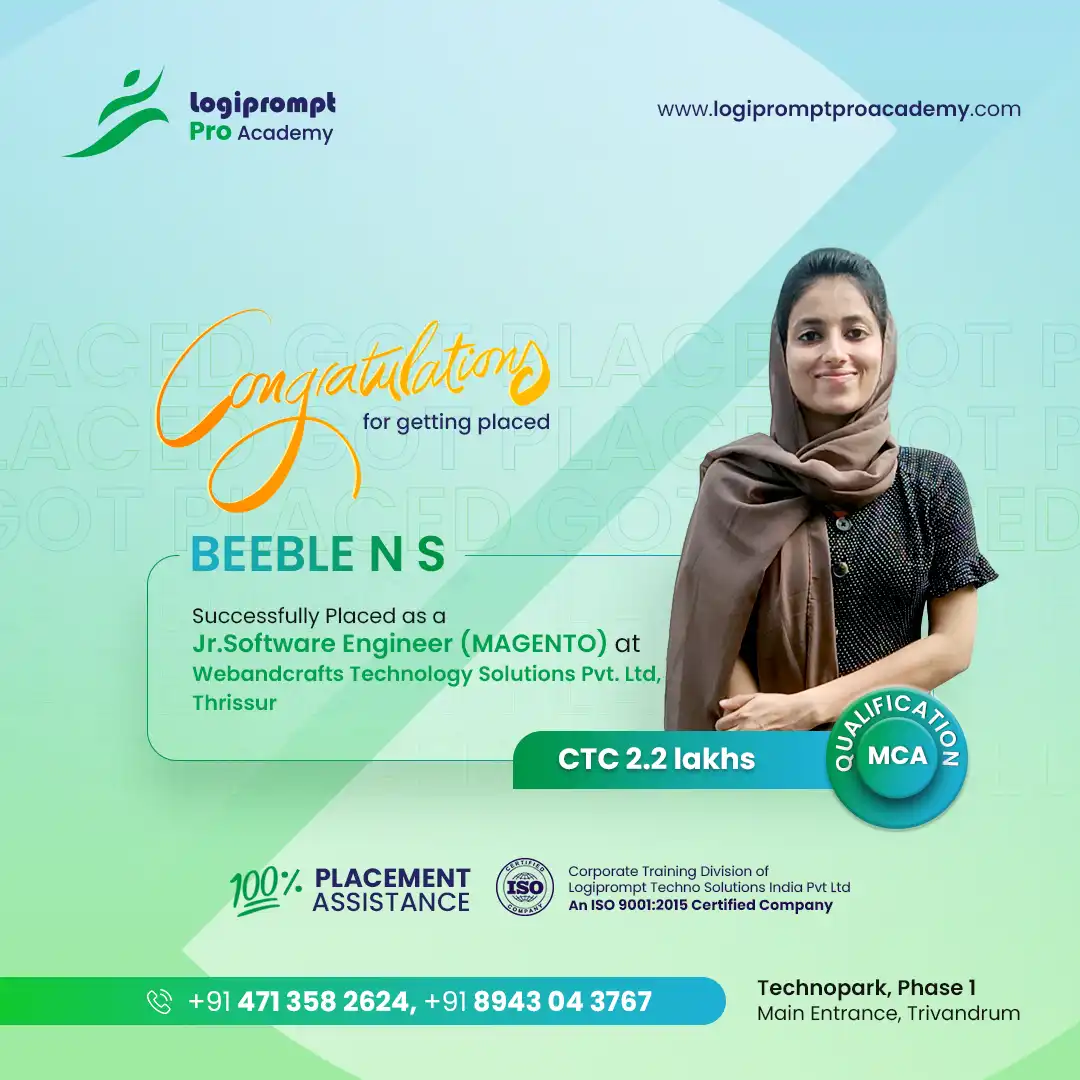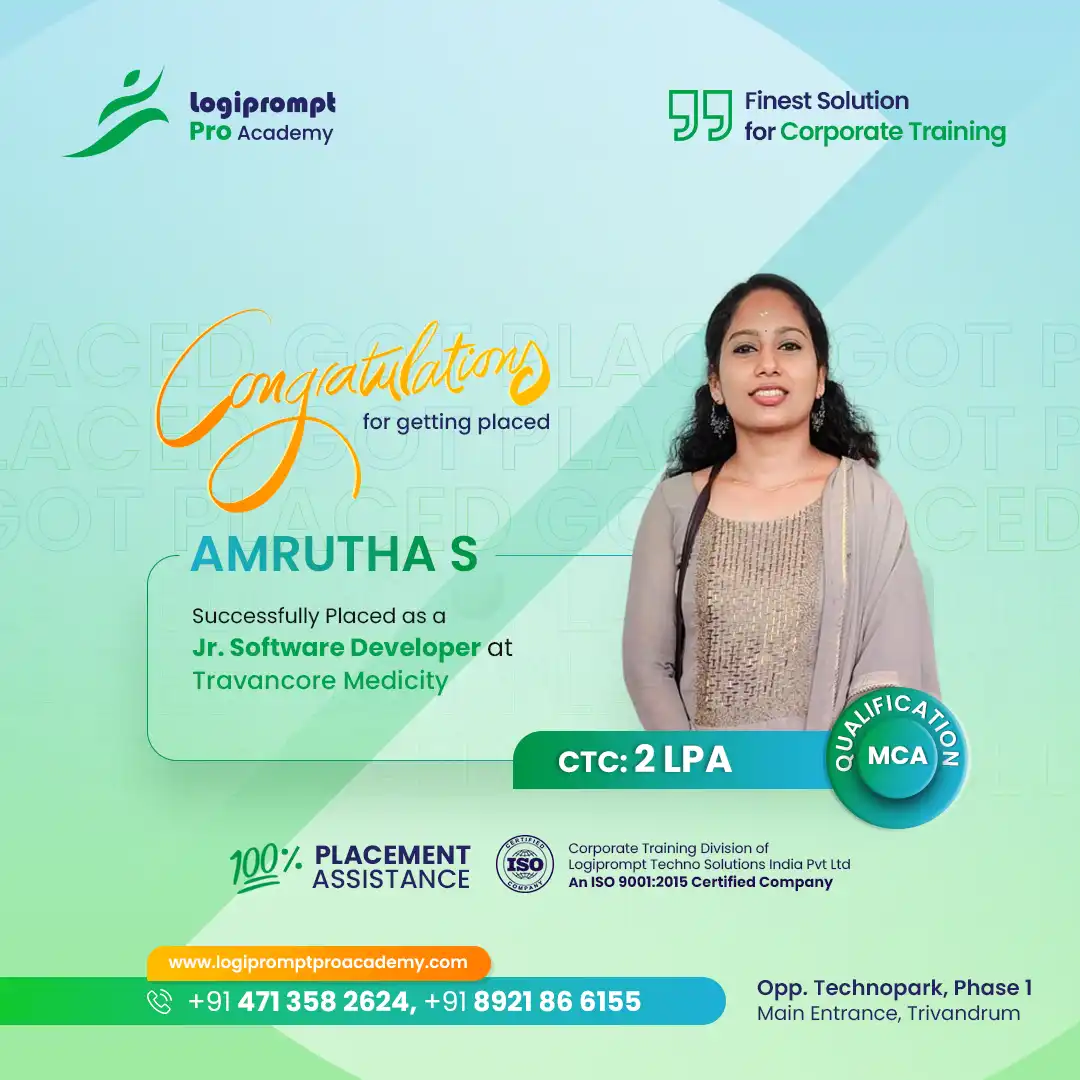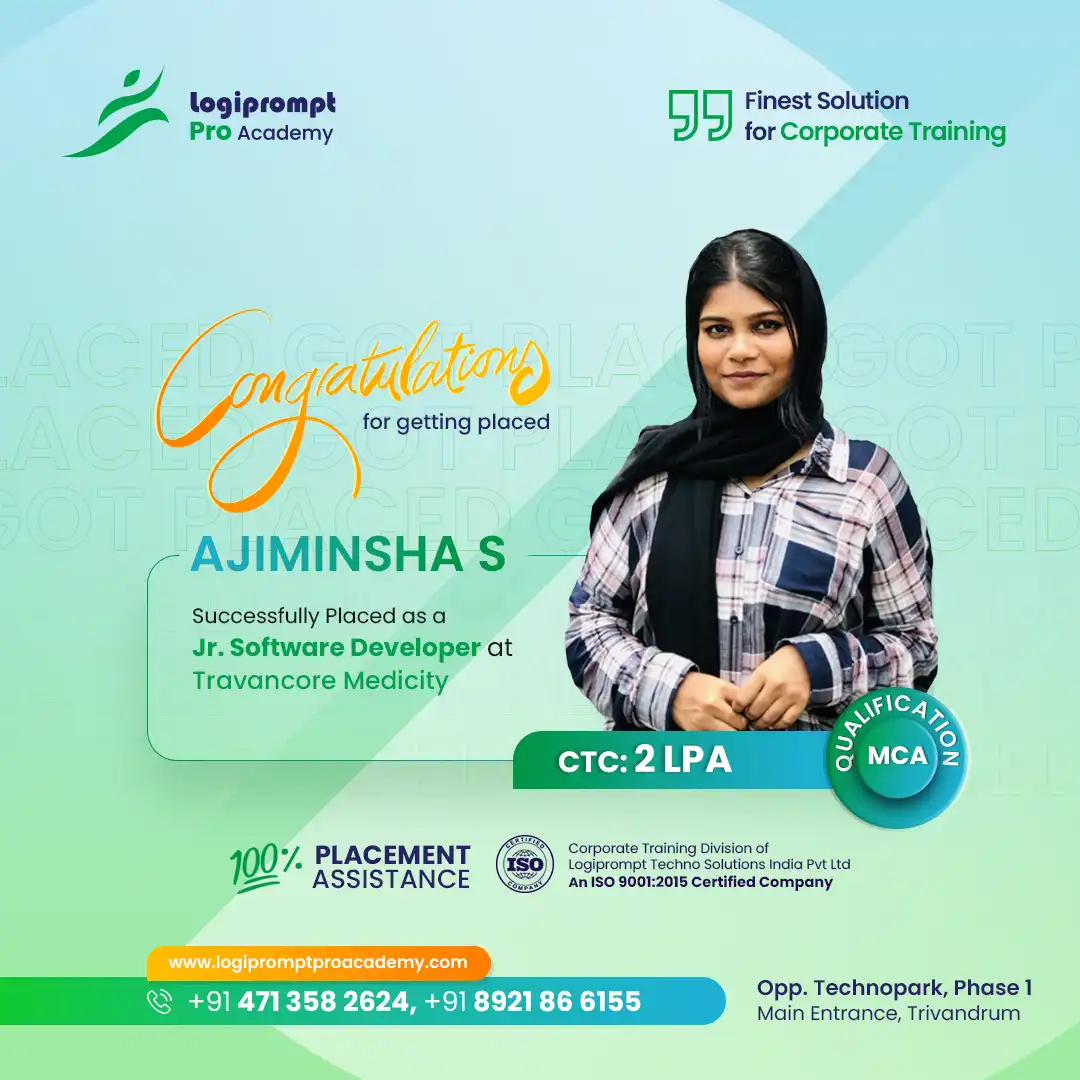


Php
Academic Projects
Dive into the world of web development with our PHP academic projects. These projects provide hands-on experience in developing dynamic web applications using PHP, a widely used server-side scripting language.
Students will be involved in creating various web applications such as content management systems, e-commerce platforms, and interactive websites using PHP. They will learn to write PHP scripts, handle databases, and develop secure web applications.
By the end of the projects, students will have a deep understanding of PHP, server-side scripting, database management, and web application development. They will gain practical experience in using PHP’s ecosystem, writing PHP scripts, and handling databases.
Php Academic Project Titles
Complete your Academic Projects with Pro-Mentorship under Expert Professionals
This project aims to create a platform where users can create, manage, and promote events. It could include features like event registration, ticketing, and a calendar view of events.
A web application where artists can display their works, receive feedback, and sell their art. It could include features like artist profiles, art categories, and a shopping cart.
An online platform for teachers and students that facilitates the management of educational courses. It could include features like course management, assignment submission, and grading.
A web-based application to manage patient data, appointments, and medical records. It could include features like patient profiles, appointment scheduling, and prescription management.
A web application that helps users plan their travels. It could include features like destination suggestions, itinerary creation, and accommodation booking.
A platform where users can read and write book reviews. It could include features like book search, user profiles, and a rating system.
A web application that connects customers with local restaurants and facilitates food delivery. It could include features like restaurant listings, menu browsing, and order tracking.
A web application that helps users track their fitness activities and goals. It could include features like activity logging, goal setting, and progress tracking.
A platform where freelancers can find work and clients can post jobs. It could include features like job postings, freelancer profiles, and a bidding system.
A web application where users can listen to music, create playlists, and discover new songs. It could include features like music streaming, playlist creation, and music recommendation.
Our
Hiring Partners
We bring in a pool of skilled and motivated individuals, carefully selecting and preparing them to meet the demands of today's job market.


